Our History
The Church of God Mountain Assembly has its roots in the 19th Century Wesleyan Holiness Movement in the Southeastern Kentucky. As the Holiness revival spread across Appalachia, it attracted the attention of several United Baptist ministers. One of these pastors, John Hansford Parks, claimed the experience of entire sanctification at a revival at Pleasant View in Whitley County, Kentucky in January 1899 and began preaching the need to live a holy life to the congregations he pastored at nearby Jellico Creek and Ryan’s Creek. After most of his members rejected his teaching and leadership, he found more receptive audiences at Zion Hill and Little Wolf Creek. These two congregations were expelled from the Baptist association in 1904 as a result and became independent holiness churches.
Almost simultaneously, his home church at Wolf Creek experienced as schism over the doctrines of sanctification and the danger of apostasy as preached by Parks and his brother-in-law, Andrew J. Silcox. The holiness faction left and organized a new church at nearby Sheep Creek. Shortly thereafter, Stephen N. Bryant, also a member at Wolf Creek, experienced entire sanctification and began preaching holiness at the church he pastored at Patterson Creek. Bryant organized a holiness church from expelled members. In September 1905, Parks, Silcox, Bryant, and four other ministers were blacklisted by the Baptist association.
From the remnant of his followers at Jellico Creek and Ryan’s Creek, Parks established another holiness church in the spring of 1907. That summer, he and others organized a holiness church at Saxton and two more in Campbell County, Tennessee (Wooldridge and Lower Elk Valley, outside of Jellico). His brother, Newton Parks, also helped organize a holiness church at Hayes Creek, Kentucky that summer.
At the urging of members from Zion Hill and Ryan’s Creek, representatives from some of these congregations met on August 24, 1907, at Ryan’s Creek to prepare proceedings for an association of holiness churches they referred to as “The Church of God.” The First Assembly met at Little Wolf Creek on October 11-12, 1907 and chose Andrew Silcox as the first moderator. Over the next few years, Parks and the others learned of Ambrose Jessup Tomlinson’s Church of God and added “Mountain Assembly” to the name of their associational meeting in 1911 to differentiate it from the group in Cleveland, Tennessee. As the two groups fellowshipped over the next decade, the Mountain Assembly began incorporating aspects of Tomlinson’s denomination into its own. These included doctrinal statements and a more episcopal form of government.
The incorporation of features of the Church of God (Cleveland, Tennessee) into the Mountain Assembly continued over the next few decades and the latter adopted a new system of government in 1944 as a result. A Bishop’s Council became the lawmaking body of the denomination, the offices of General Overseer and General Secretary & Treasurer supplanted those of moderators and clerks, and the Board of Twelve Elders became its judicial body. Episcopal polity expanded to include State (and later District) Overseers. Since that time, the CGMA has added foreign and home mission programs and additional national offices in youth ministry, ladies’ and men’s ministry, and Christian education.

